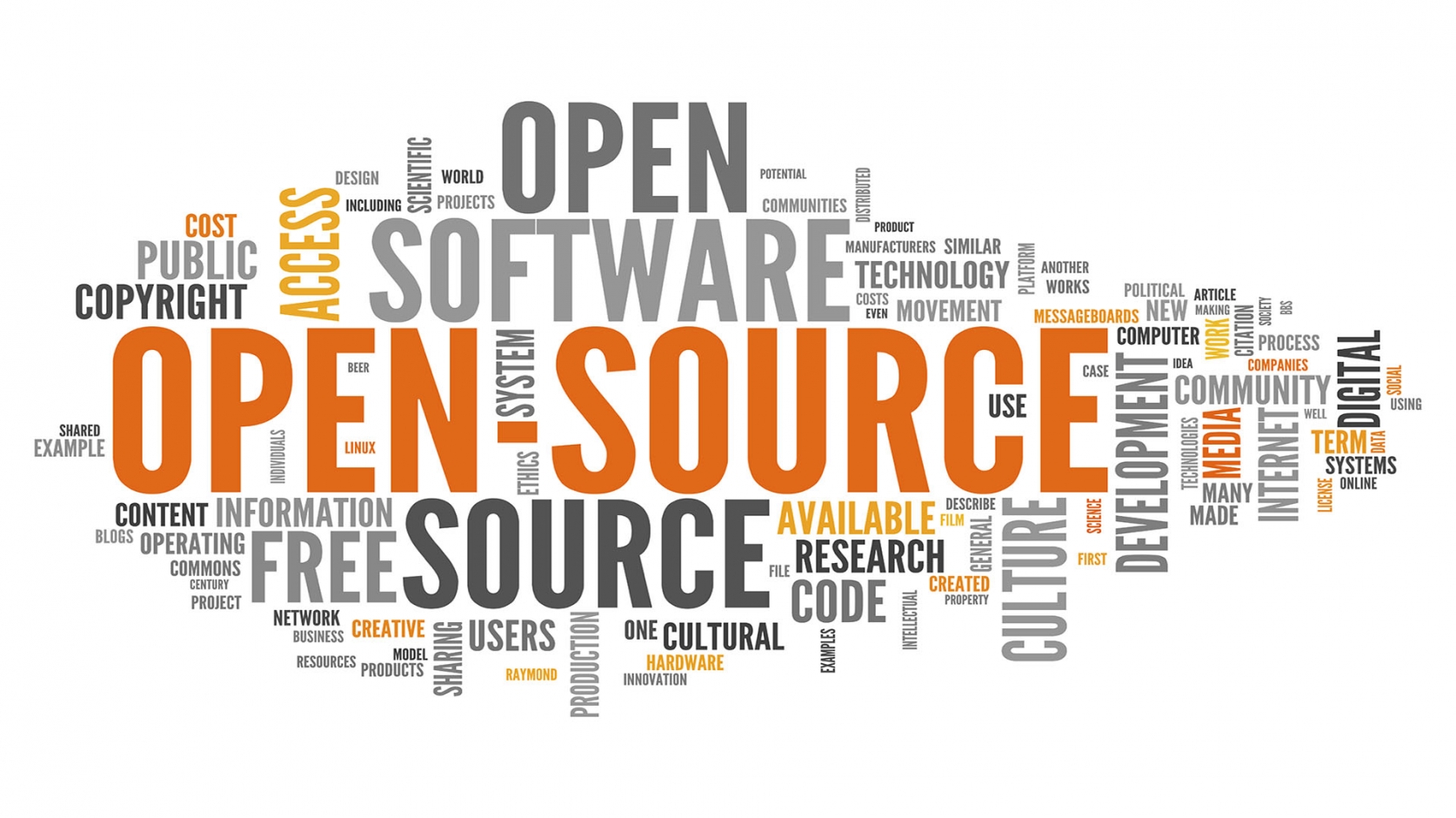In this article from Seldon evangelist, Ryan Dawson, we get a fantastic history of open source and how it’s changed in the years since the early Linux revolution. Over time, we’ve seen a dramatic prolifertion of the new open source models and licenses. In the early days, the GNU public license and pure open source dominated, but we’ve now seen a rise in open core models and new models that target cloud based providers who piggy back off the top of open source projects while ignoring the spirit of the open source world.
Excerpt below:
Almost 20 years later, open source is now an essential part of how enterprise software gets built and Microsoft is the biggest contributor. The industry remains a battleground but it has splintered into many different battles.
Open source is a strong commercial strategy as well as an ideology. The mix can sometimes be an uneasy one. It creates a complicated dynamic of open source and commercial interests. The mix can be subtle and it can tempt us into misunderstandings. Especially since much of the caustic rhetoric of the old days remains influential. It affects how companies evaluate open source tools to use and where they contribute valuable time and talent. Sometimes a company chooses a tool and then they realise it came with unexpected strings attached. Sometimes organisations get put off a tool by the old image about open source and what it represents.
Let’s clear up the old misconceptions and better understand the new mixing of commercial and ideological motivations. The open source software industry is a dramatically different place than in 2001.
Read the rest of the article on HackerNoon.


Recent Comments